Exploring the Masterpieces of Musée d’Orsay
We visited the museum on the same day as the Louvre. However, we recommend that you visit the museums on different days and expect to need at least two hours for your visit here.
We visited the museum on the same day as the Louvre. However, we recommend that you visit the museums on different days and expect to need at least two hours for your visit here.
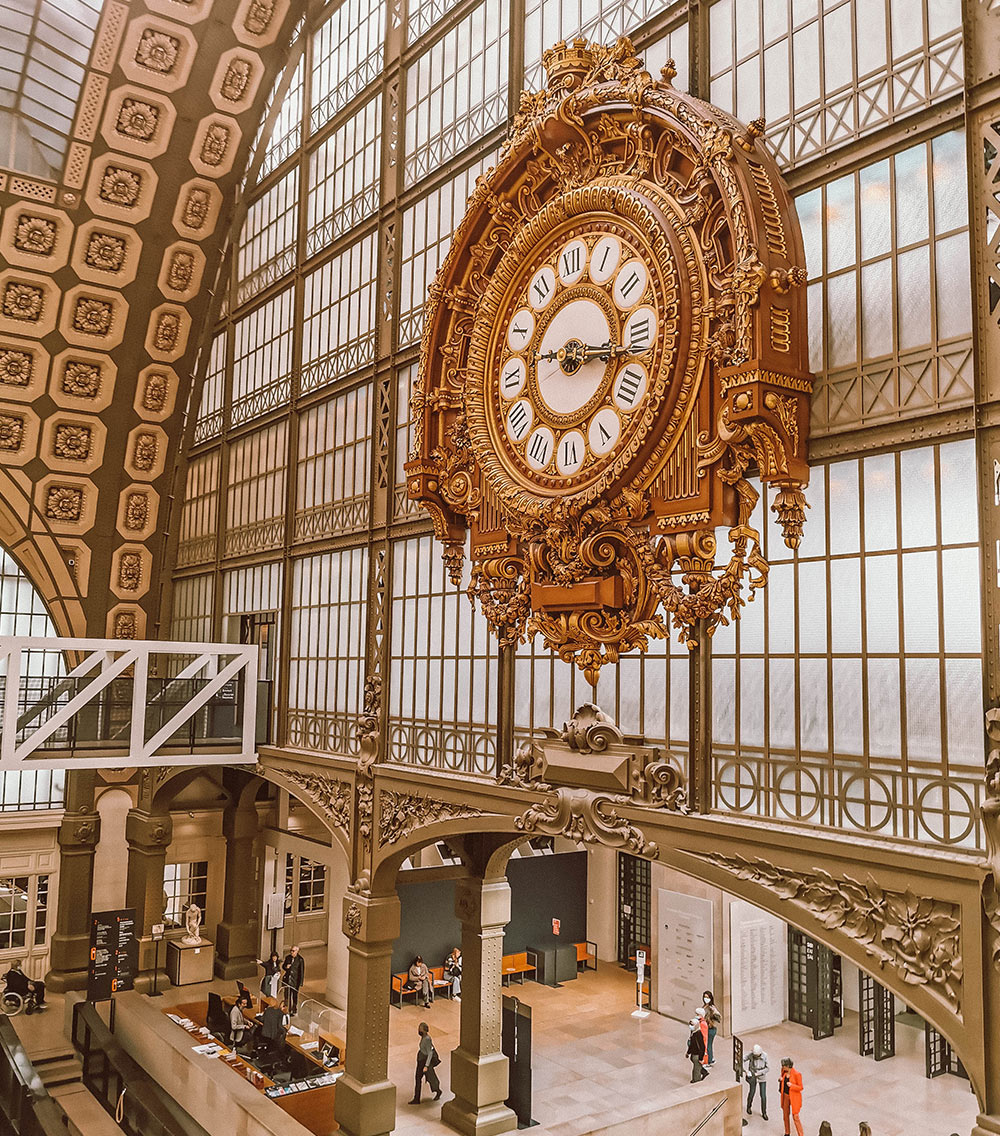
There are thousands of famous paintings and sculptures that are so important and so beautiful but we will try to limit ourselves. So, if you are ready let’s explore the masterpieces of Musée d’Orsay.
The museum’s history and the origins of its structure are particularly unique. The building that houses the Musée d’Orsay was originally a train station called the Gare d’Orsay, built-in 1900 for the Universal Exhibition.
The Musée d’Orsay is home to some of the world’s most famous and important works of art. Its clock is one of the most recognizable features of the building. It sits atop the main entrance and is visible from both inside and outside the museum.
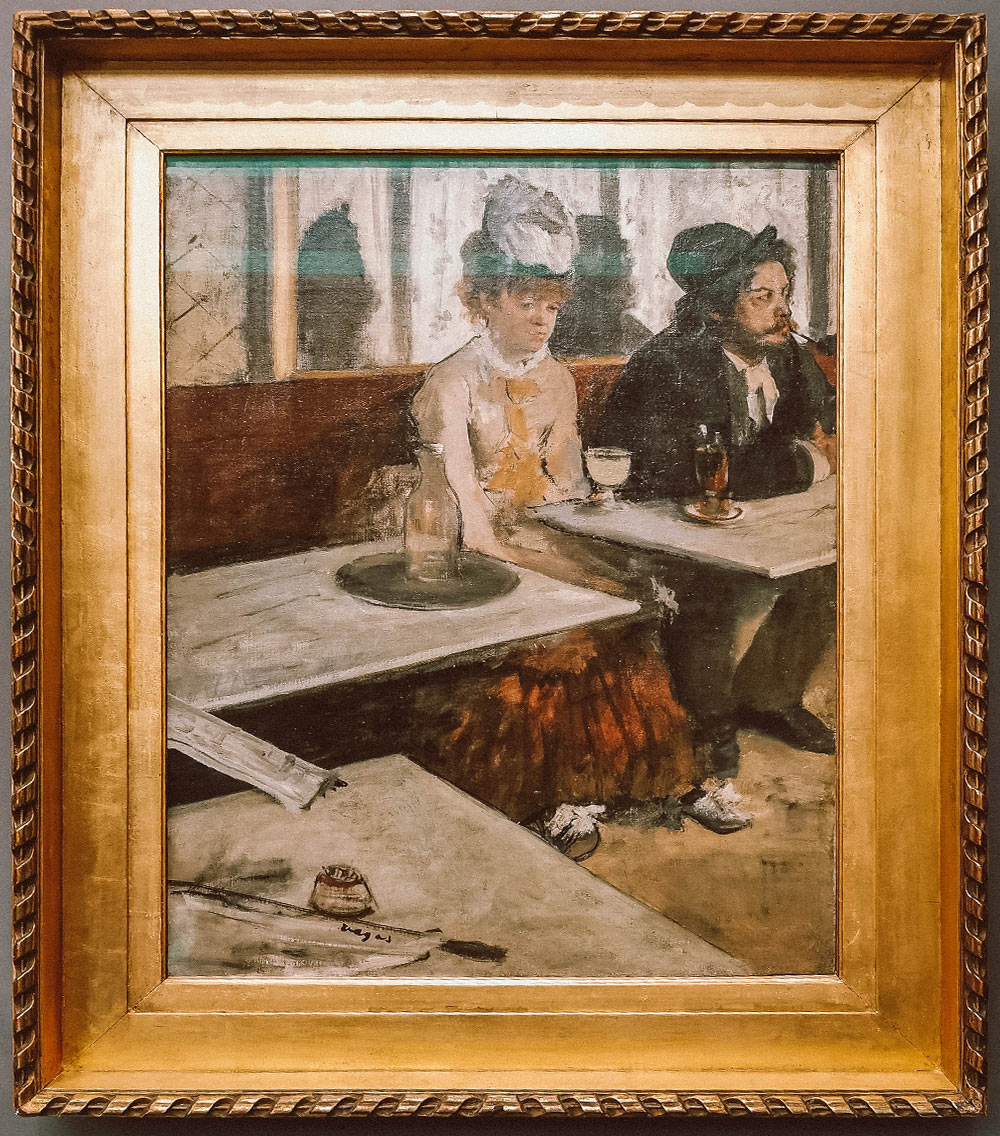
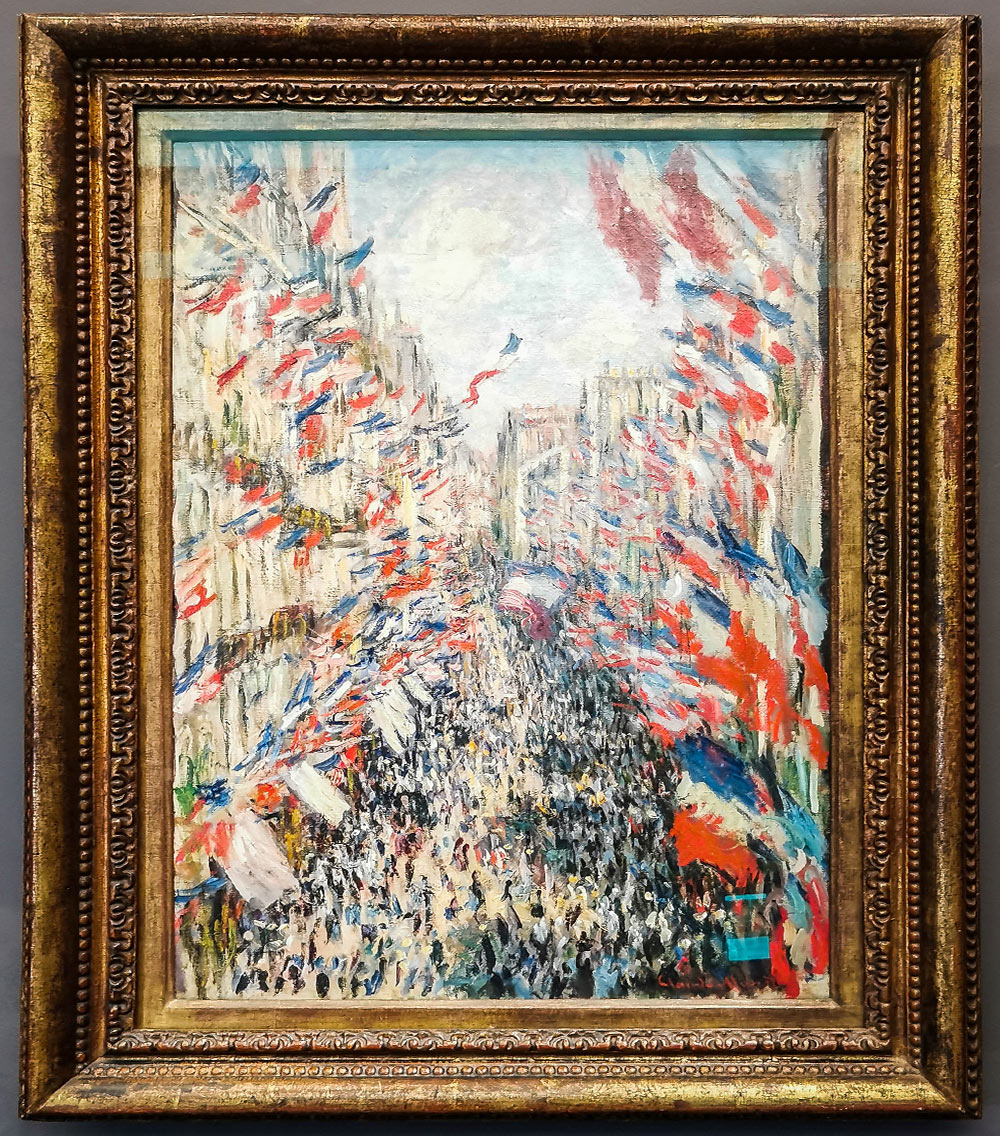
The Musée d’Orsay is home to many great works of art, including some famous oil paintings. When we visited the museum we saw some artworks that are not currently exhibited in the museum. But I would like to mention them.
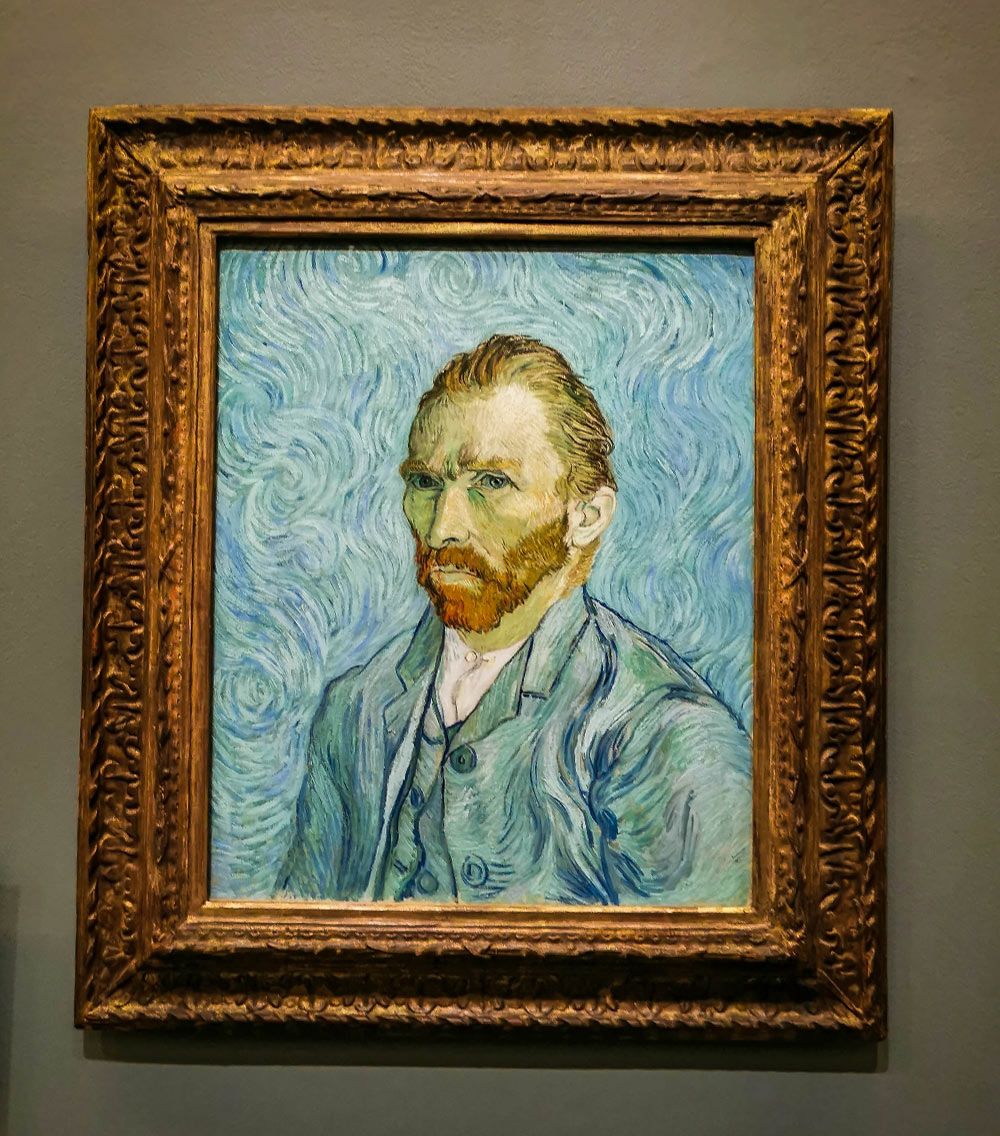
Van Gogh created approximately forty-three self-portraits, paintings, or sketches over ten-year period, frequently using himself as a model. The self-portrait was a crucial investigation of personal realization and artistic success for many artists, including Rembrandt and Van Gogh.
Location: Upper level, Galerie Françoise Cachin
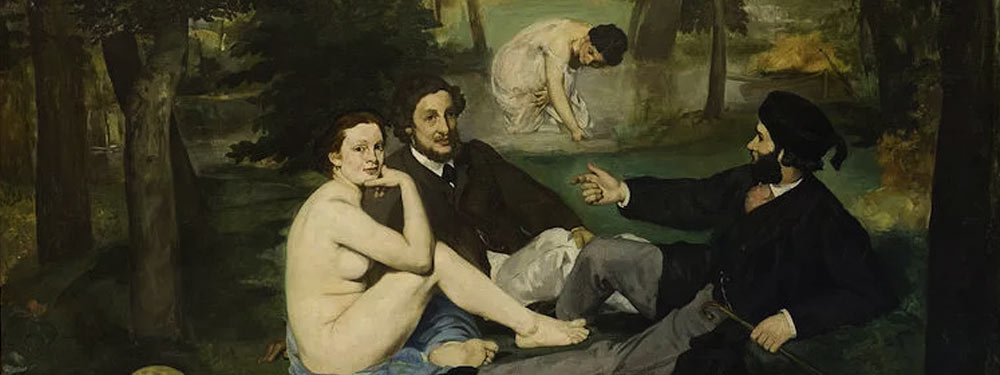
This painting caused offense during the time it was created due to various reasons. Firstly, the woman’s nudity was seen as striking compared to the clothed men in the painting. Additionally, the use of recognizable models for the figures, specifically Manet’s wife Suzanne Leenhoff and another female model Victorine Meurent for the nude woman, as well as his brother Eugene Manet and brother-in-law Ferdinand Leenhoff for the men, added to the controversy.
Location: Upper Level, Room 29
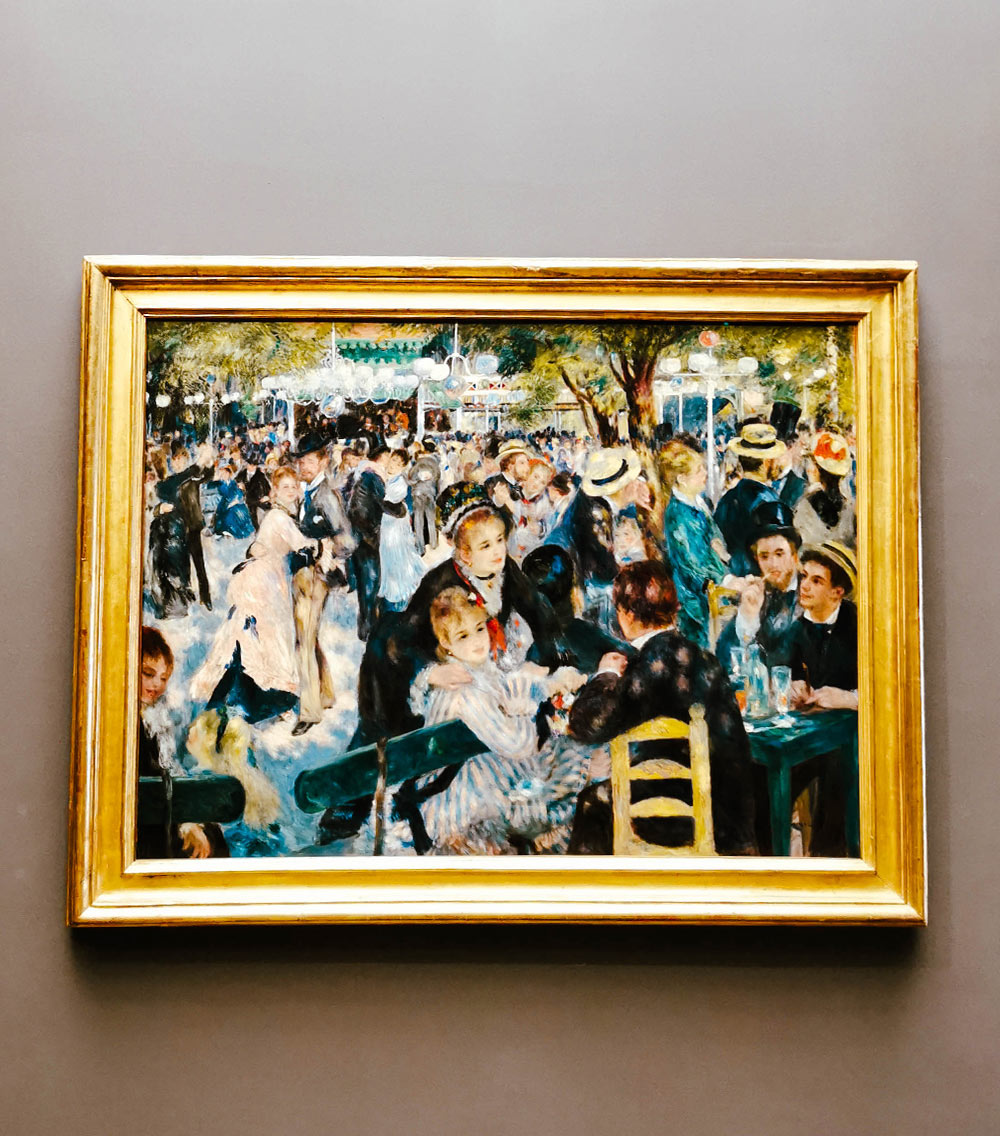
This painting by Renoir is very important and was shown at an art exhibition in 1877. Renoir wanted to show the happy and lively feeling of a popular dance garden in Paris. Some people didn’t like the blurry way he painted it, but it’s still a great example of early Impressionist art that shows popular life in Paris. It’s one of Renoir’s best works.
Location: Niveau supérieur, Room 30

Van Gogh created three paintings based on his bedroom, which were nearly identical. The initial painting, completed in October 1888 and located in the Van Gogh Museum in Amsterdam, was damaged by flooding while the artist was hospitalized in Arles. About a year later, Van Gogh painted two replicas of the original. One of these copies, of the same size as the first, is now housed in the Art Institute in Chicago, while the other, produced for his family in Holland, is smaller and can be found in the Musée d’Orsay.
Location: Niveau supérieur, Galerie Françoise Cachin
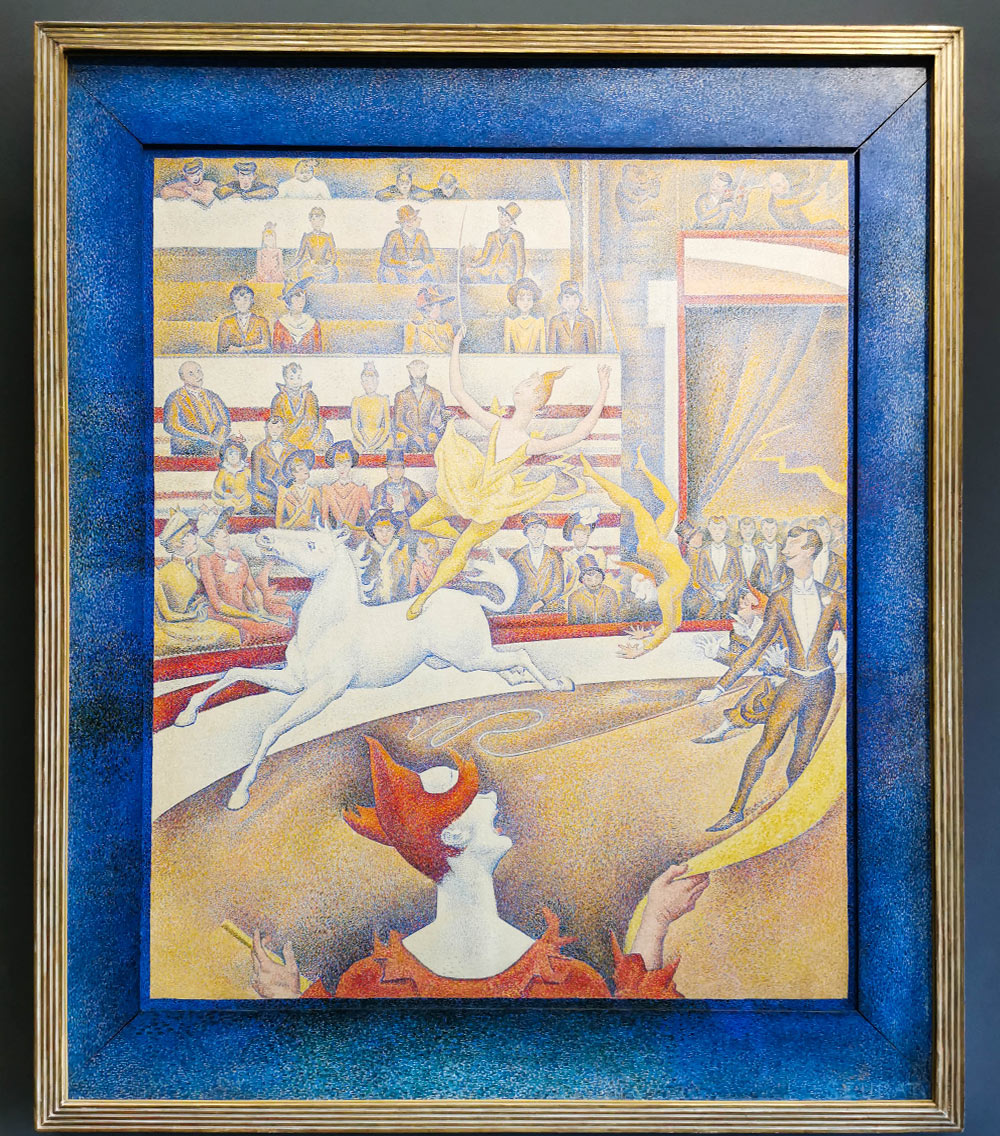
Circus was the third panel in a series by Seurat on the popular attractions of the modern city and its late-night entertainment. This masterpiece is seen as one of the most impressive applications of Divisionist theory. Seurat aimed to establish a connection between art and scientific examination through this piece, which was a widely discussed topic during the 19th century.
Location: Niveau supérieur, Room 37
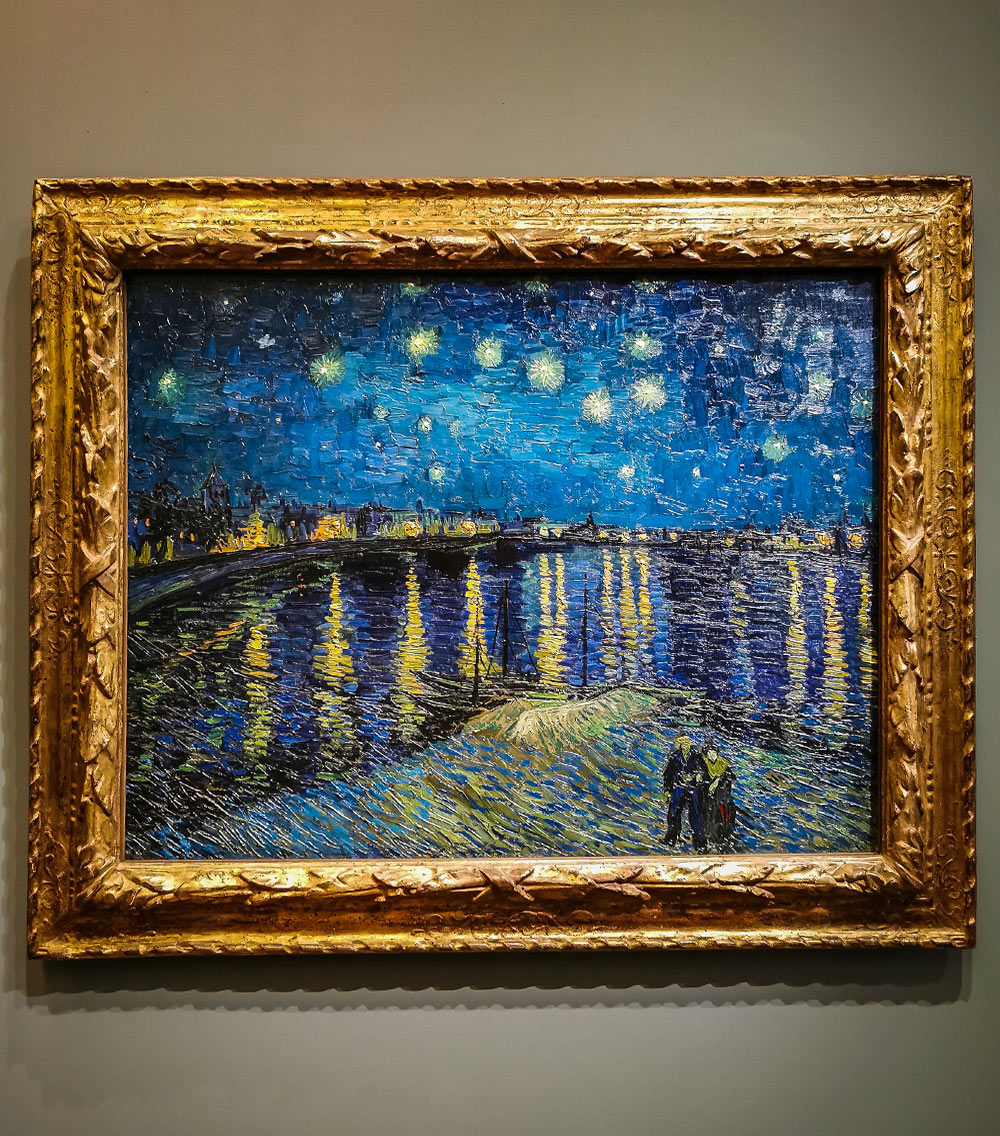
Ever since Vincent van Gogh arrived in Arles on February 8th, 1888, he was consistently concerned with portraying the visual effects of nighttime. Vincent van Gogh’s artwork “Starry Night” conveys the turbulence of his troubled mind through trees resembling flames and a cosmic whirlwind of the sky and stars. The version of the painting displayed at the Museum of Modern Art in New York particularly emphasizes this violent expression. In contrast, the rendition of “Starry Night” at the Musée d’Orsay has a calmer atmosphere, aided by the presence of a couple of lovers portrayed at the bottom of the canvas.
Location: Niveau supérieur, Galerie Françoise Cachin
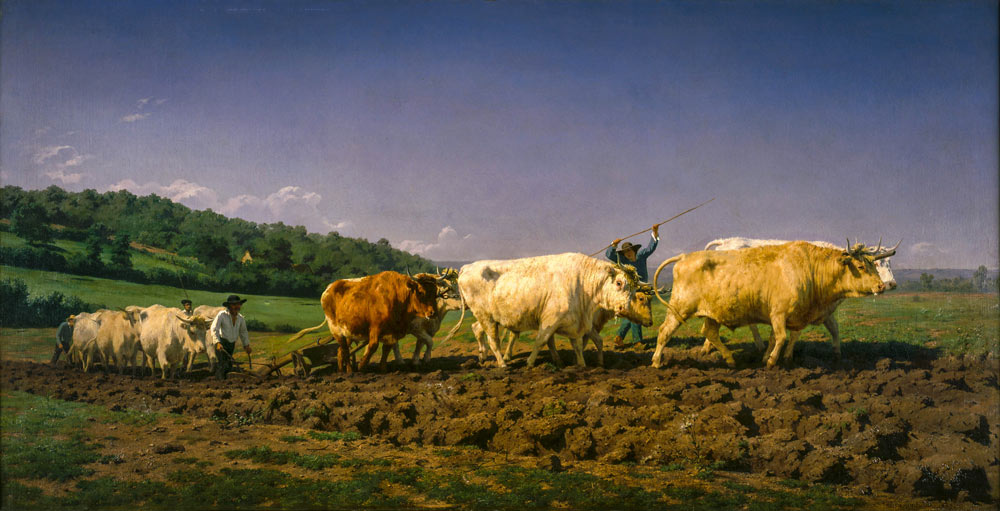
This artwork, created in 1849, depicts the initial ploughing or cultivation of the soil in early autumn.
The artwork emphasizes the animals themselves, with little attention given to the human figures, including the small cowherd. The painting serves as a celebration of the importance of agricultural work, which was seen as noble in contrast to the corruption of urban life in the post-revolutionary period. Additionally, it pays homage to the rural regions of France, such as Nivernais, with their agricultural traditions and scenic landscapes.
Location: Rez-de-chaussée, Galerie Seine
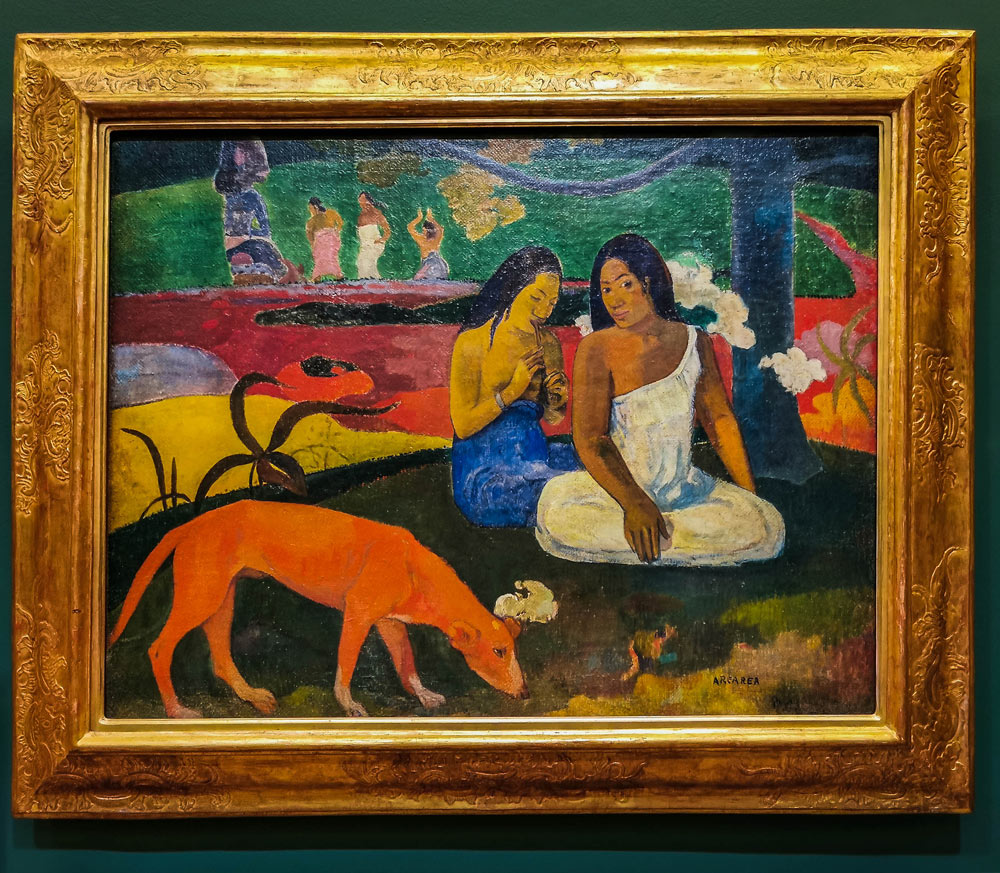
In April 1891, Paul Gauguin embarked on his initial voyage to Tahiti with the intention of discovering remnants of a more primitive way of living. He drew inspiration for his paintings from the sights he encountered during his travels, in addition to local tales and historic religious customs. This artwork is a prime example of these pieces, where reality and fantasy intermingle in his depictions.
Location: Niveau supérieur, Galerie Françoise Cachin
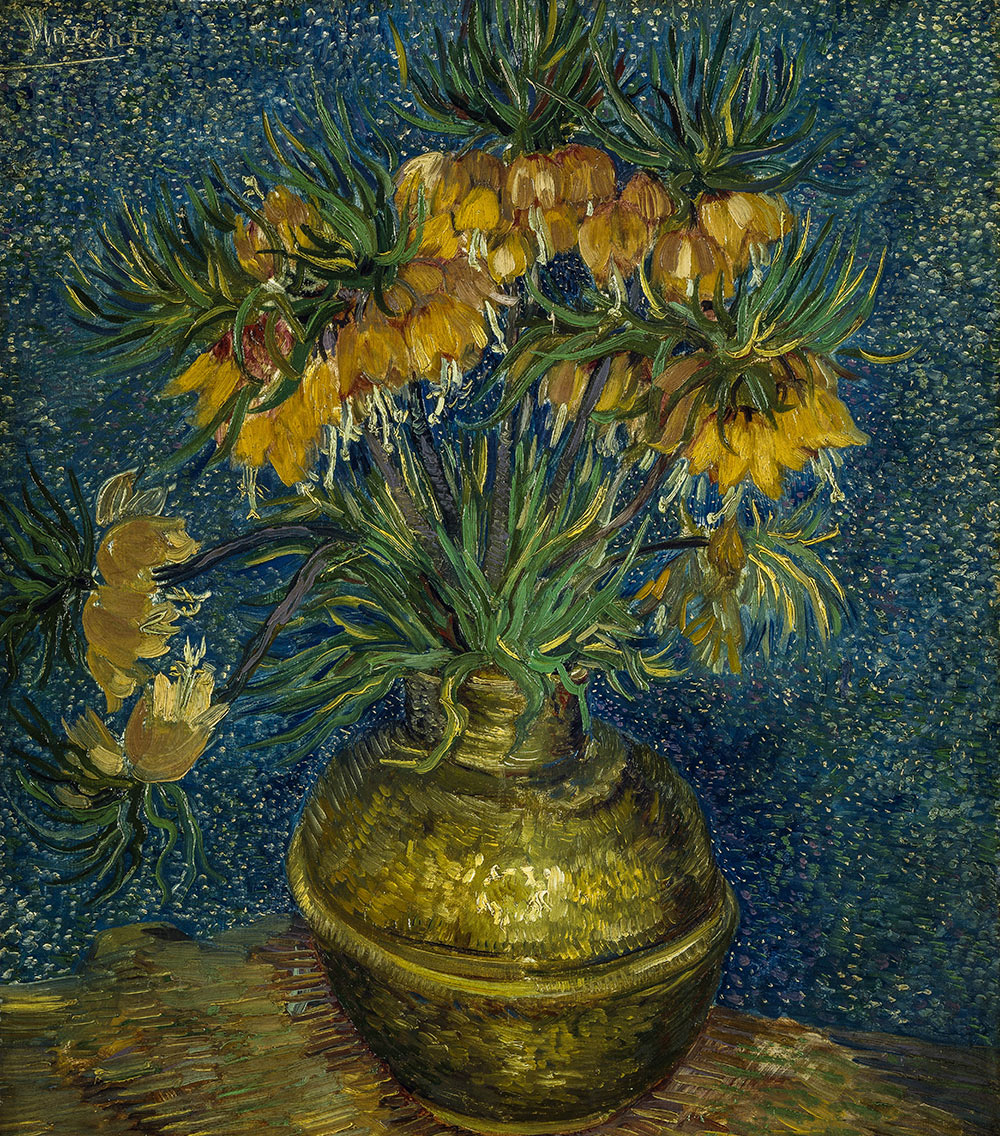
Vincent van Gogh’s floral arrangement in this painting features the imperial fritillary, a type of flower that was commonly cultivated in French and Dutch gardens towards the end of the 19th century. The fritillary has a vibrant orange-red hue and grows several flowers on a single, long stem.
During the creation of this artwork, van Gogh resided in Paris and was in regular communication with Paul Signac. This is the reason why the painting reflects some of the tenets of Neo-Impressionist art.
Location: Niveau supérieur, Galerie Françoise Cachin
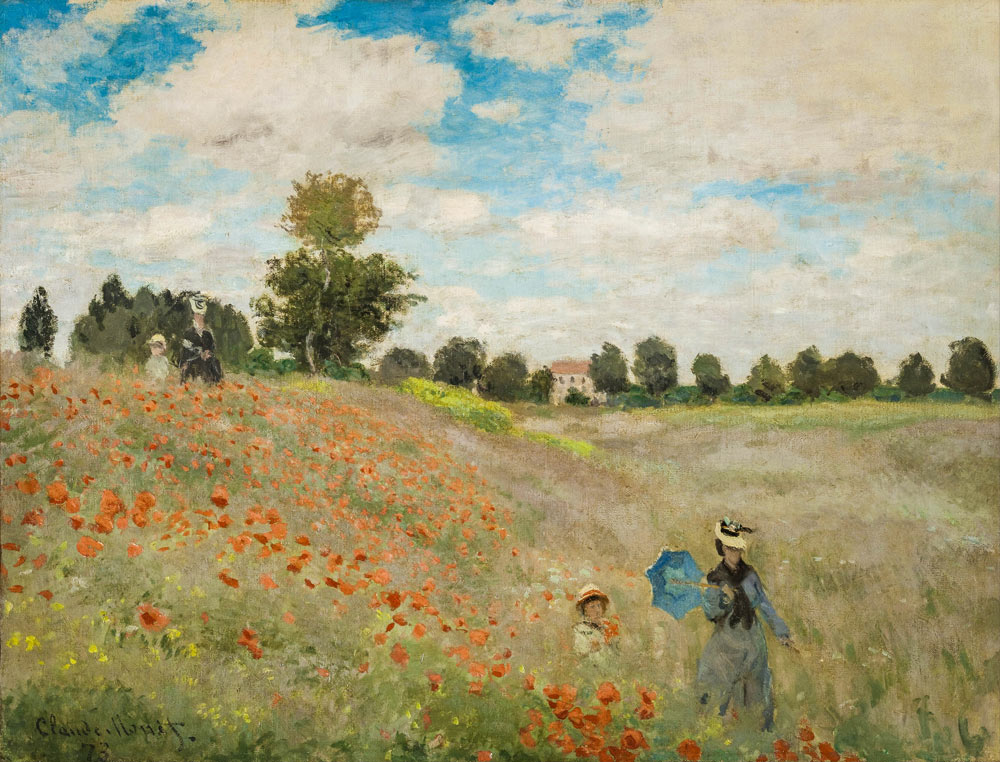
It is one of the world’s most famous paintings, which conjures up the vibrant atmosphere of a stroll through the fields on a summer’s day. Monet softened the outlines and created a lively pattern of color using dabs of paint, beginning with a sprinkling of poppies. The excessively large patches in the foreground reveal his emphasis on visual impact, indicating a move toward abstraction.
Location: Niveau supérieur, Room 29

Cézanne painted multiple versions of “Card Players”. This version contains just two card players confronting each other in a strict profiles. The two men are deeply focused on their cards, but there is no sign of any imminent action or play. The specifics of the game have become even less noticeable, creating a sense of stillness. Cézanne’s depiction of the card players blurs the line between painting figures and objects, creating a sort of in-between space where they do not fit neatly into either category. As a result, they seem to exist in a realm that hovers between different genres.
Location: Niveau supérieur, Room 35

Manet took on the conventional theme of the female nude in a bold and unyielding way with his painting “Olympia.” The subject matter and the way it was depicted caused a scandal when the painting was displayed at the Salon of 1865. Despite using various references to previous works such as Titian’s Venus of Urbino, Goya’s Maja Desnuda, and the theme of the odalisque with her black slave that had already been explored by other artists like Ingres, Manet portrayed a truly modern subject with a cold and straightforward realism.
Location: Rez-de-chaussée, Room 14
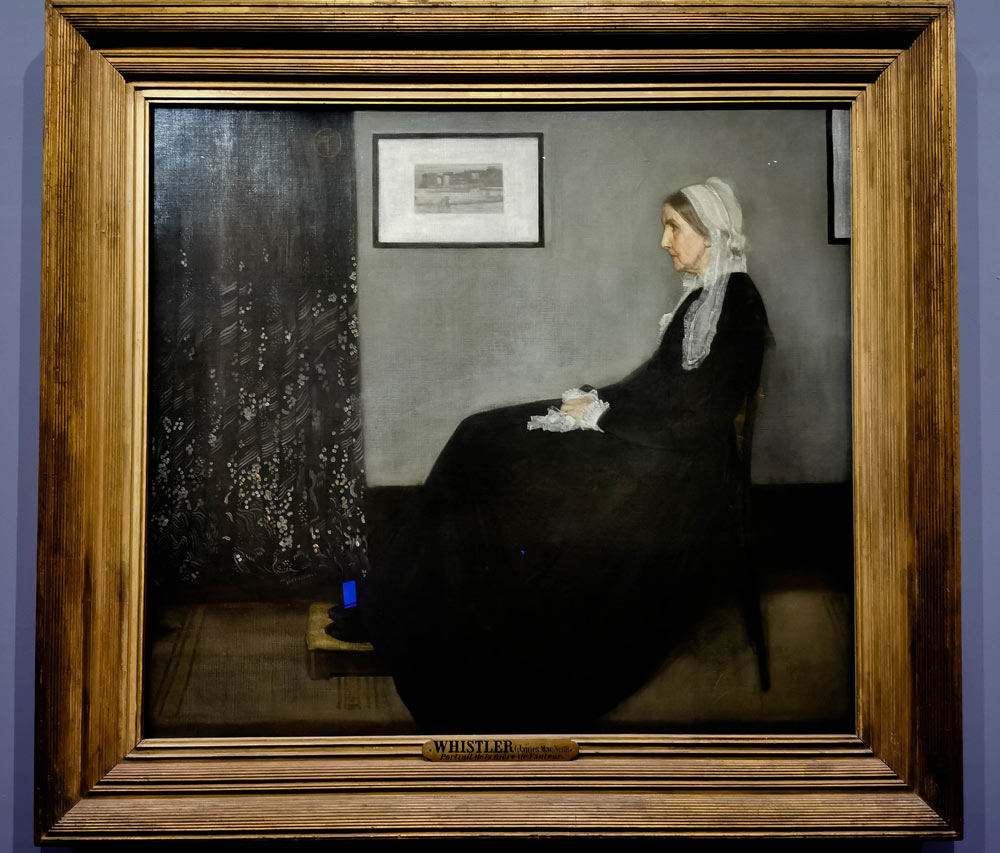
Portrait of the Artist’s Mother serves as a testament to Whistler’s shift towards stylization in his art, as reflected in its dual title. Despite being a realistic portrait, the painting is marked by a minimalist composition that effectively captures the subject’s psychological depth. The artwork’s color scheme is primarily neutral, with a linear austerity and chromatic rigor that echo Whistler’s prior experimentation with prints, as evidenced by the reference to “View of the Thames,” a print displayed on the wall in the painting.
Location: Rez-de-chaussée, Galerie Seine
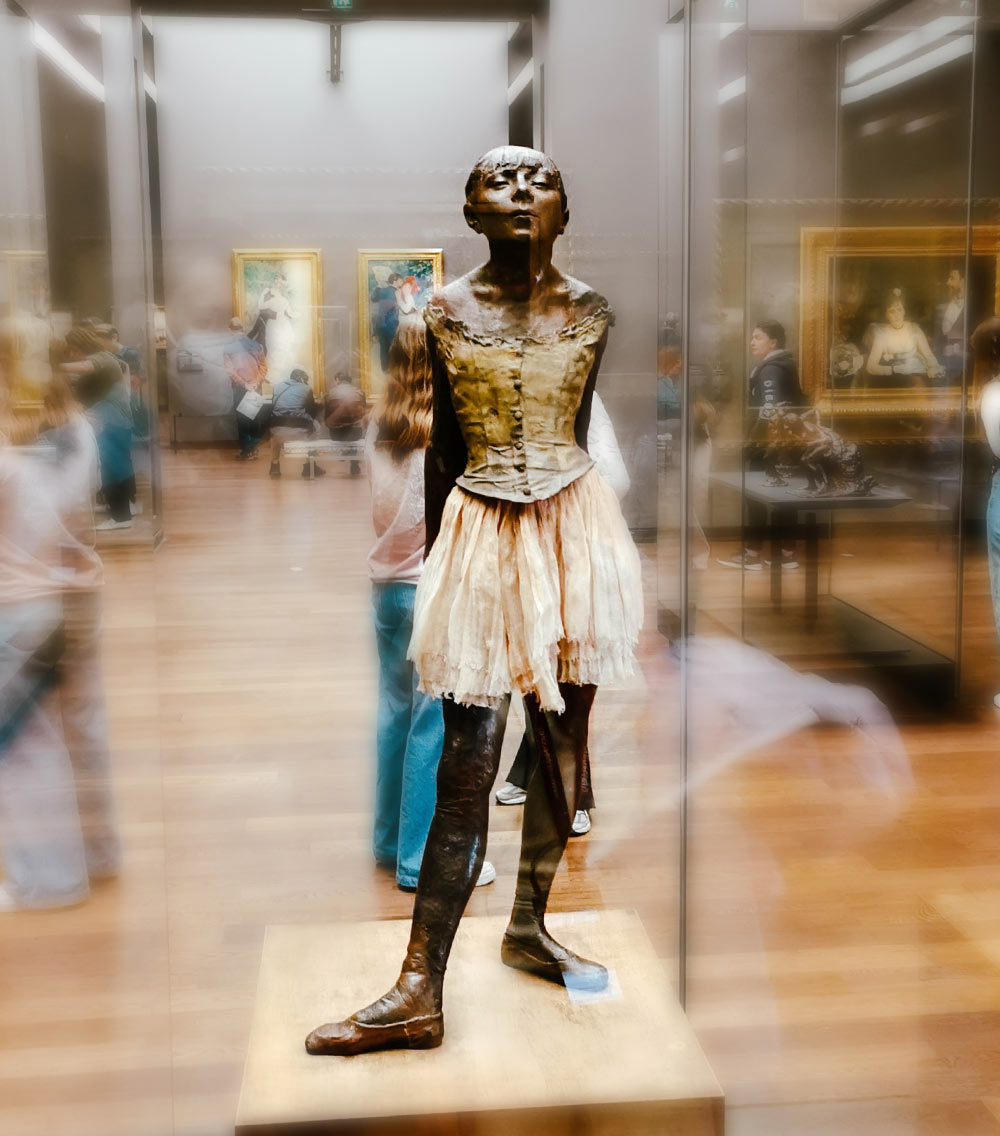
At the time of its creation it was considered controversial due to its realistic portrayal of a young girl from a lower-class background. The sculpture was originally exhibited in 1881 at the Sixth Impressionist Exhibition in Paris, where it received mixed reviews. Some critics praised it for its naturalism and attention to detail, while others found it vulgar and criticized the young dancer’s working-class origins.
Location: Niveau supérieur, Room 31

The sculpture depicts a polar bear in a standing position, with its head turned to the side and its mouth slightly open. It is made of white marble and is notable for its smooth, simplified form. This abstract style was influential and is considered a precursor to modernist sculpture.
Location: Niveau médian, Terrasse des sculptures 1880-1910
In 1902, Carlo Bugatti designed a chair model for one of the decorated pieces he presented at the first International Exhibition for Modern Decorative Arts in Turin. The chair is a testament to Bugatti’s innovative approach to design and his ability to combine different styles and materials in a harmonious way. It is considered a masterpiece of Art Nouveau furniture and is highly valued by collectors and enthusiasts of decorative arts.
Location : Niveau médian, Room 65

In 1863, Charles Garnier, the architect of the Paris Opera House, hired four artists who had won the Grand Prix de Rome to create sculptures to decorate the building’s facade. Carpeaux was given the theme of dance and spent three years creating sketches and models before designing a turning group of women encircling the spirit of dance. Carpeaux’s main focus was to show movement, which he achieved through both circular and vertical motion.
Location: Rez-de-chaussée, Allée centrale des sculptures
Mercié aimed to revive the depiction of a story from the Bible that tells of a young shepherd’s triumph over the colossal Goliath. In order to achieve this goal, he followed in the footsteps of famous bronze sculptors from the Florentine Renaissance, particularly Donatello, and Verrocchio.
Location: Rez-de-chaussée, Allée centrale des sculptures
Following the end of her relationship with Rodin, he attempted to assist Camille Claudel indirectly by securing a government commission for her from the Director of Fine Arts. The commission was for a piece titled “Maturity,” which was completed in 1895 and displayed in 1899.
The sculpture depicts Rodin’s uncertainty between his former lover, who ultimately prevails, and Camille Claudel, who is reaching out to stop him from leaving. Beyond its connection to Claudel’s personal story, the sculpture is a compelling and thought-provoking work that speaks to the complexities of human relationships through symbolic imagery.
Location: Niveau médian, Terrasse des sculptures 1880-1910
Tuesday, Wednesday, Friday, Saturday and Sunday: 9:30 am to 6:00 pm
Thursday: 9.30am – 9.45pm
Monday: closed
General admission: €16 online & €14 at museum
Late opening rate (applies on Thursdays, for visits starting at 6 pm. Museum closes at 9:45 pm – last entry at 9 pm): €12 online & €10 at the museum
Enfant & Cie rate(reduced for a maximum of 2 adults, residents of the European Union, accompanying a young person under 18 years of age): €13 online & €11 at the museum. You can see more details on the official website of the museum.
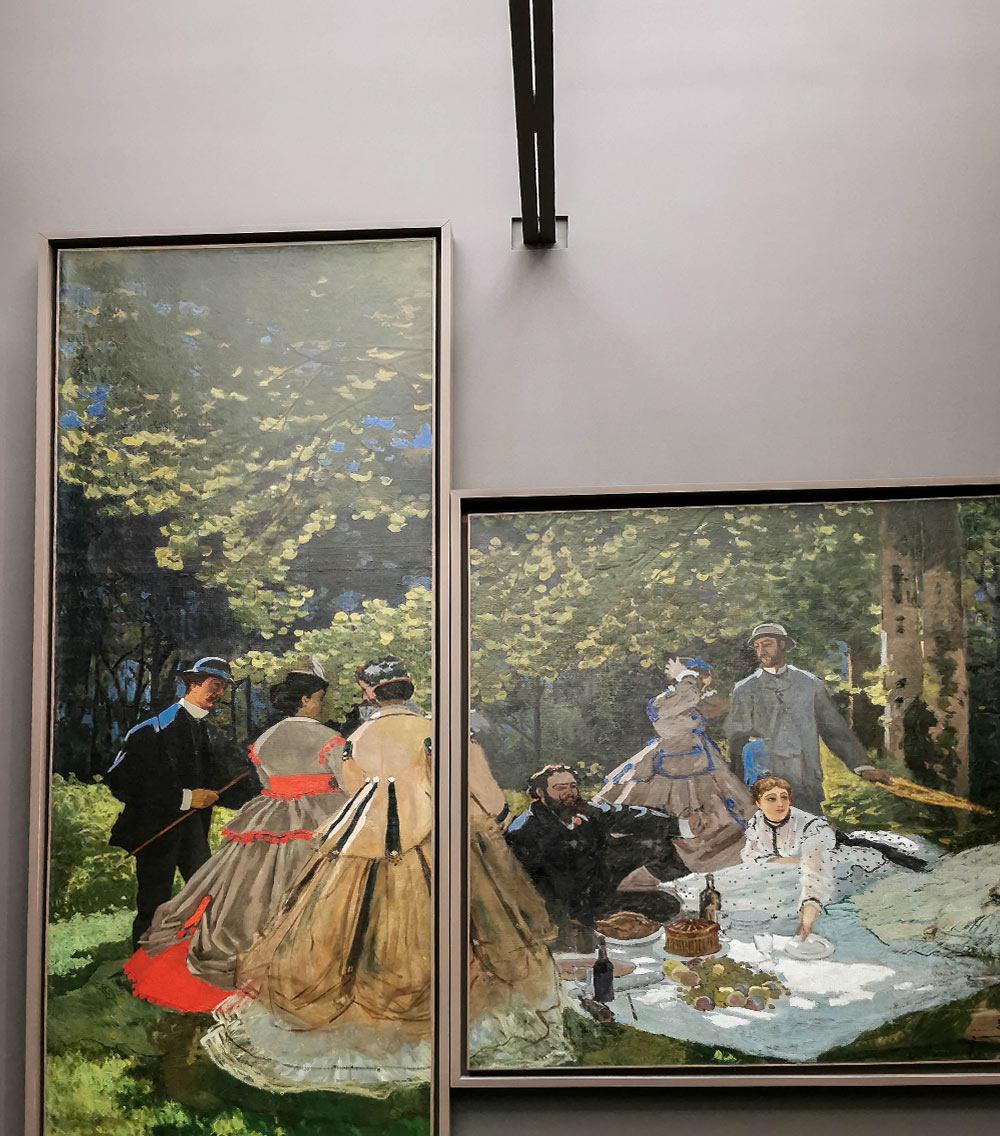
If you want to fully appreciate the diverse collection of paintings, sculptures, and decorative arts housed in the Musée d'Orsay, it is recommended that you spend at least 2-3 hours exploring the museum. This time frame would allow you to see the highlights and get a general sense of the collection, without feeling too rushed. However, if you are a true art aficionado and enjoy examining each piece in detail, you may want to consider planning for a longer visit.
A longer visit would give you the opportunity to fully immerse yourself in the different galleries and appreciate the nuances of each piece. You can take your time studying the brushstrokes, textures, and techniques used by the artists, and gain a deeper understanding of the historical and cultural context behind each work. Additionally, a longer visit would allow you to explore the museum at a more leisurely pace, giving you the chance to take breaks and absorb everything you see.
The Louvre is one of the largest and most famous museums in the world. Its collection includes some of the most iconic and recognizable works, such as the Mona Lisa and the Venus de Milo.
The Musée d'Orsay, on the other hand, is known for its impressive collection of Impressionist and Post-Impressionist art, including works by Monet, Manet, Degas, Van Gogh, and Cézanne.
If you have a passion for the art of the ancient world and appreciate the masterpieces of Renaissance artists, then the Louvre would be the perfect museum for you. If you are fascinated by the revolutionary movement of Impressionism and the later Post-Impressionist styles, the Musée d'Orsay would be a better fit for you.
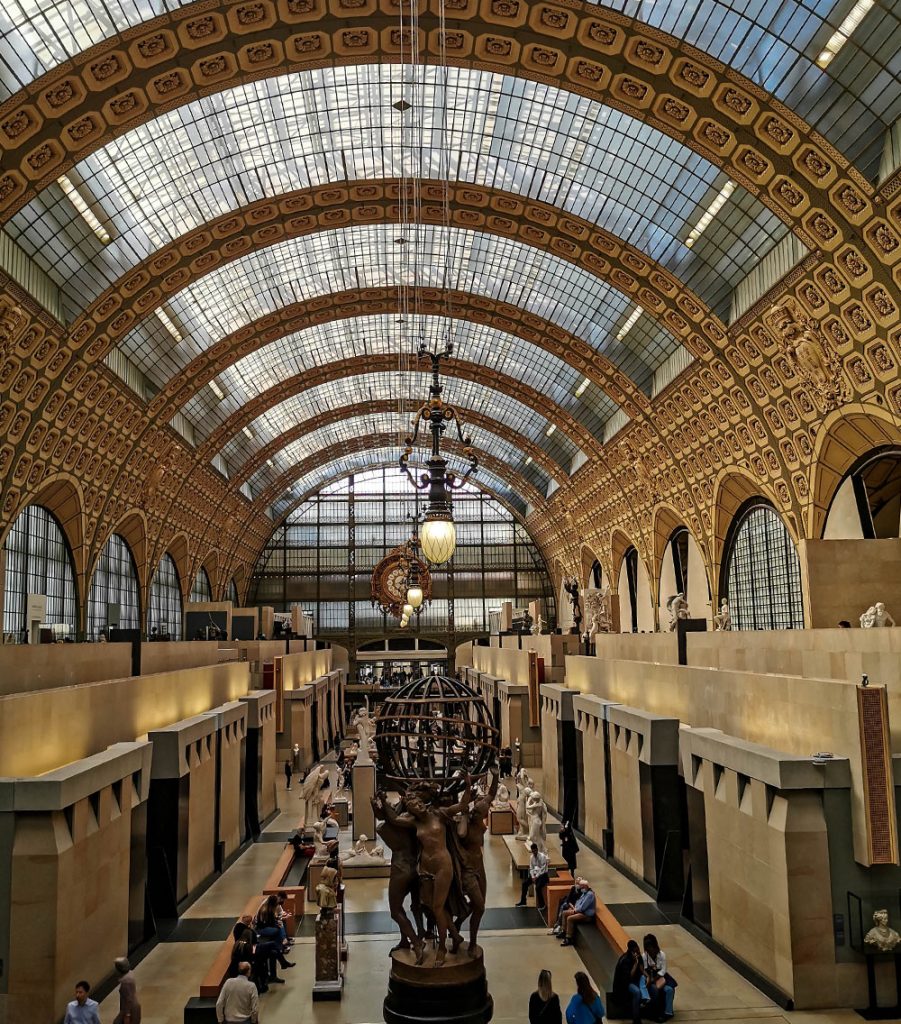



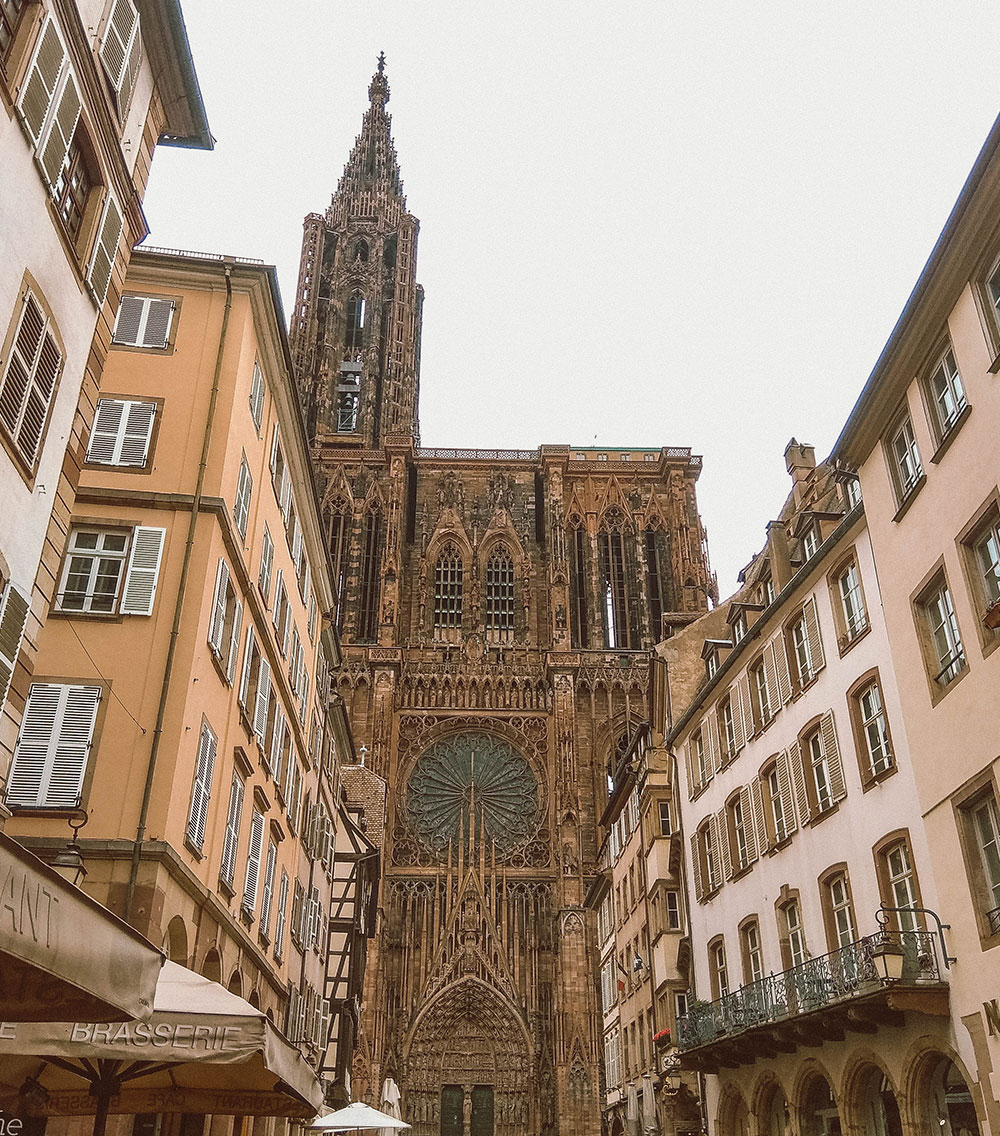
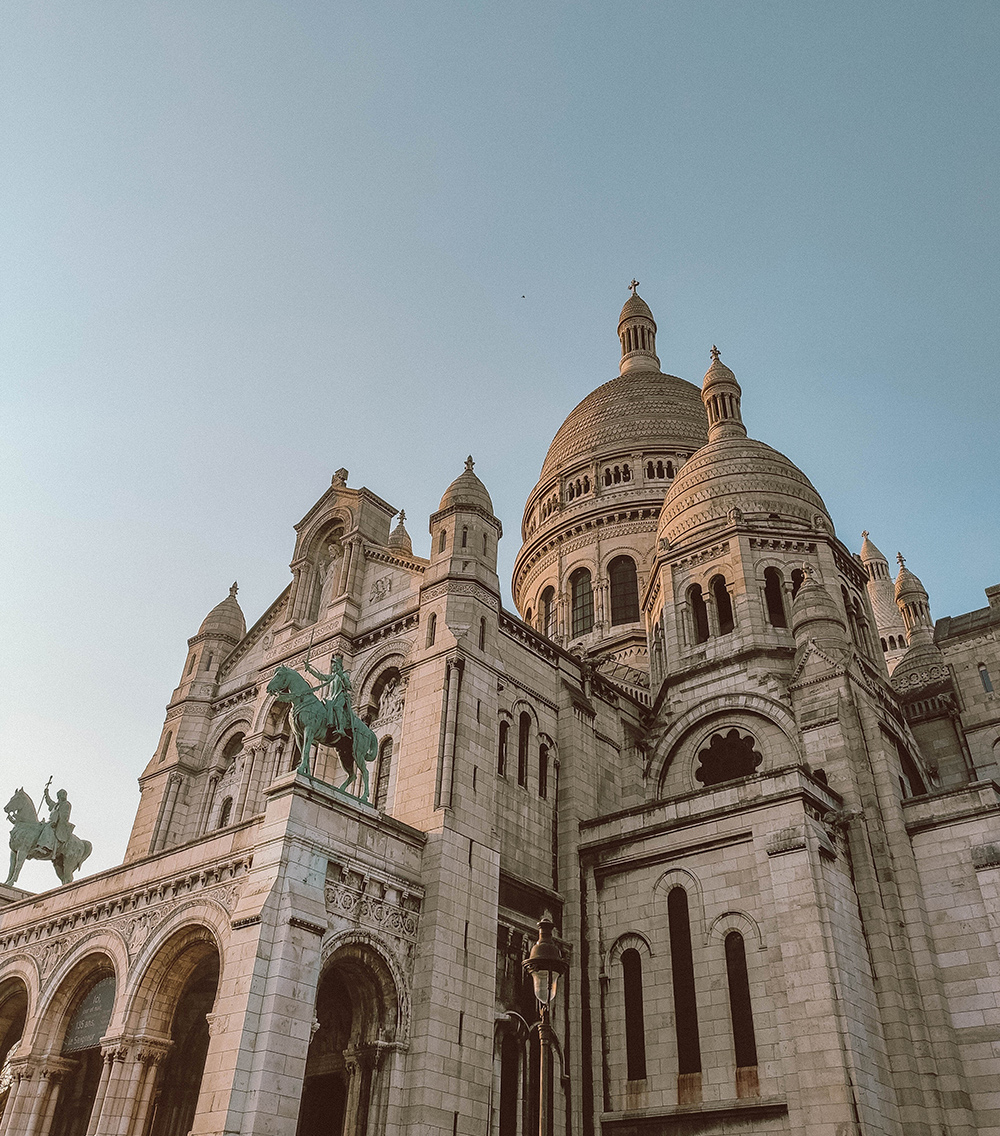
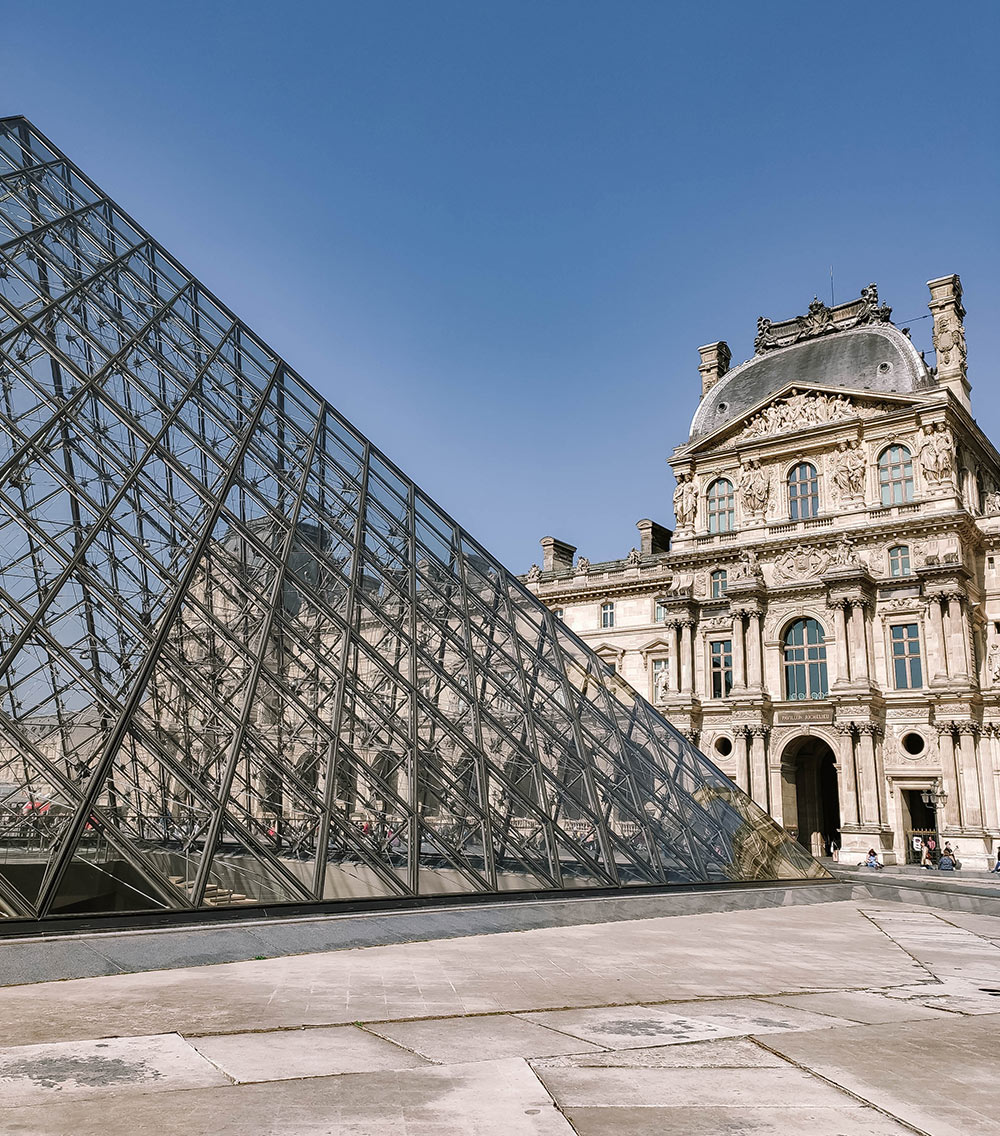
No Comments